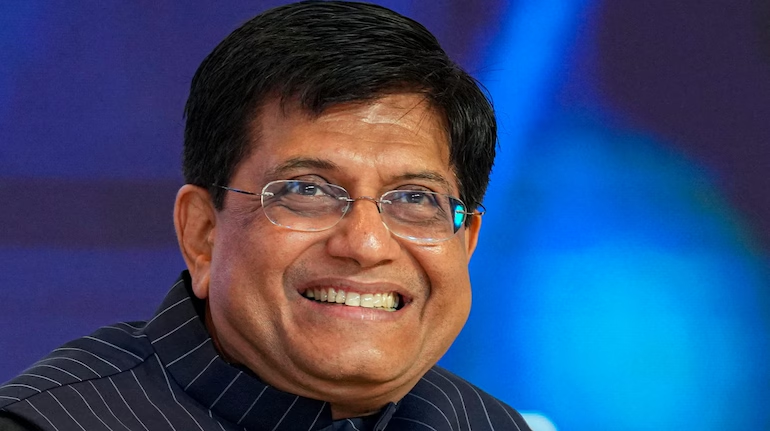Summary :
- Piyush Goyal says a “very good news” will be announced soon on the India-Oman Free Trade Agreement.
- The agreement would reduce tariffs, boost exports, and strengthen economic cooperation.
- Key Indian sectors expected to benefit include pharma, engineering, textiles, and MSMEs.
- Oman is India’s third-largest export destination in the Gulf region.
- The FTA is part of India’s broader push to secure trusted trade partners.
Commerce and Industry Minister Piyush Goyal, during his visit to Muscat on Sunday, offered a quiet but significant signal. India and Oman, he said, are on the verge of concluding a Free Trade Agreement (FTA) — one that could redefine India’s economic ties with the Gulf region.
“We are in the last stages of negotiations. Very good news will be coming soon,” Goyal told business leaders gathered in the Omani capital.
His words may have been understated, but the implications are substantial.
More Than a Trade Deal
The India-Oman agreement, once finalized, will do more than cut import and export duties. It reflects India’s ambition to build resilient supply chains, deepen ties with the Gulf, and offer broader market access to domestic industries.
The agreement is expected to:
- Eliminate or reduce tariffs on a wide range of goods
- Ease regulatory barriers for Indian exporters
- Encourage bilateral investments, especially in infrastructure and logistics
- Create jobs by opening new markets for India’s micro, small, and medium enterprises
Oman is already India’s third-largest export destination in the Gulf region. In FY2024, bilateral trade reached nearly Rs 41,000 crore (USD 4.9 billion).
What Indian Businesses Stand to Gain
India’s exporters across sectors see the FTA as an opportunity. For example:
- Pharmaceutical companies, which already supply generic drugs to the Gulf, would benefit from faster regulatory approvals and reduced barriers.
- Textile manufacturers from Gujarat and Tamil Nadu could gain zero-duty access, boosting competitiveness against Chinese and Bangladeshi products.
- Engineering goods, chemical exporters, and agri-based industries could diversify their customer base.
- For MSMEs, the deal offers entry into a stable, high-income market just four hours by air.
“It’s a step toward predictability,” said a Mumbai-based textile exporter. “Right now, small issues like paperwork or delays can cost us entire shipments. An FTA would streamline it all.”
Oman: Small Market, Strategic Value
Though not the largest economy in the Gulf, Oman holds strategic weight:
- It is home to over 600,000 Indian expatriates, who contribute to both economies.
- The Duqm Port, where Indian firms have invested, serves as a potential logistics hub.
- Its location between Asia and Africa places it on key maritime trade routes.
The deal with Oman is also being seen as a template for wider engagement with the Gulf Cooperation Council (GCC), which includes Saudi Arabia, UAE, and Qatar.
A Broader Trade Strategy
India has signed FTAs with the UAE and Australia in the past two years. Both have yielded encouraging results. Exports to the UAE, for instance, grew by 12% post-agreement.
Goyal’s comments suggest Oman may be next.
“This is part of our larger plan to create trusted trade networks,” he told the forum. “India stands for quality, transparency, and long-term partnerships.”
The FTA discussions have been ongoing for months, with multiple rounds of negotiations held quietly between officials. Goyal’s statement indicates the final draft may already be in place, awaiting political approval.



